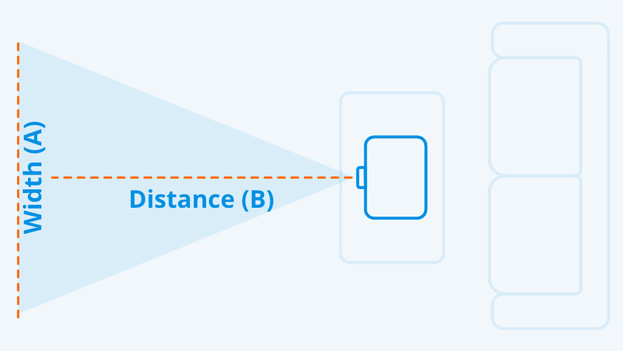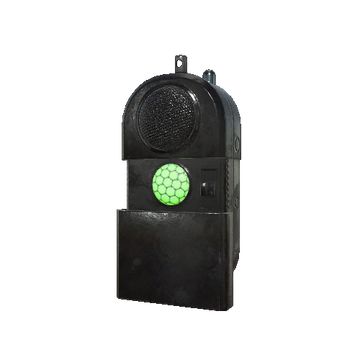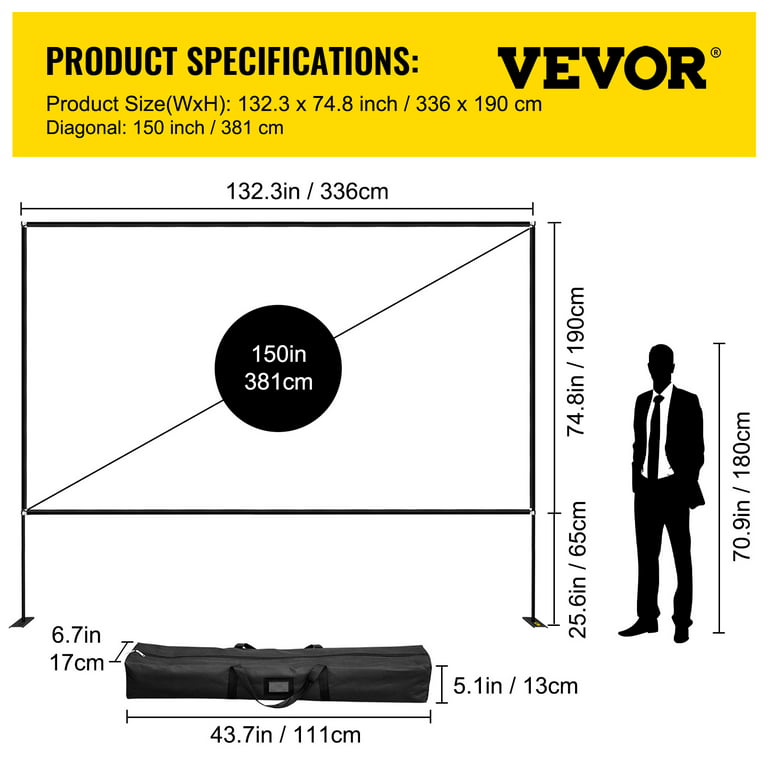Unraveling the Complexities of Projectors: What Does Throw Ratio Mean?
Introduction
Welcome to the world of projectors. As with any technology, understanding the intricacies can often seem complex, but as with any mountain, the view from the top is always worth the climb. One such aspect that often perplexes projector users is the 'throw ratio.' This article takes a deep dive into understanding this concept, its significance, how to calculate it, and ultimately, how to leverage this understanding to optimize your viewing experience.
Diving into Projector Basics: What are They?
Projectors, often viewed as enigmatic devices, are actually fairly straightforward electronic mechanisms. They allow for visual content such as images, videos, or presentations to be projected onto a flat surface (typically a screen) for shared viewing. Let's breakdown the basics:
1. Core Function: A projector works by directing light through a specific lens system, which ultimately casts the desired visual content onto a projection screen.
2. Resourceful Innovation: Ranging from monumental presentations to immersive movie experiences, projectors provide a versatile and interactive medium for your content, transcending the limitations of traditional presentation methods.
3. Understanding Technicalities: However, to maximize a projector's potential, it's essential to grasp the technicalities, and a key element is the 'throw ratio.' Throw ratio may seem complicated initially, but it's a key attribute that dictates the quality and positioning of your projections.
What is the Significance of Throw Ratio in Projectors?
The term 'throw ratio' may prove daunting at first glance, but it may significantly influence a projector's overall performance. Wondering why? Well, it plays a critical role in determining how you can employ a projector most effectively. The throw ratio is essentially the proportion between the distance from the lens (called the throw distance) to the screen and the width of the image it projects.
The significance of a projector's throw ratio is multi-fold:
1. Optimal Image Projection: The throw ratio primarily impacts the size of the image or video you can project at a specific distance from the screen. It is vital as it ensures that your projector’s image fits perfectly onto your screen.
2. Installer's Compass: It serves as a guiding star for viewers determining their projector's placement. The throw ratio enables viewers to position the projector for the clearest image.
3. Tailored Viewer Experience: Misinterpreted or overlooked throw ratio can lead to less charming viewer experiences. An under-calculated throw ratio may result in an oversized or blurry image, while over-calculation can lead to an underwhelming, too sharp, and small image.
In numbers, a study by GrandViewResearch suggests that the global projector market size was USD 2.6 billion in 2018 and is expected to witness a CAGR of 7.9% from 2019 to 2025. This exponential growth is closely linked to an understanding of projector intricacies like the throw ratio.
In essence, mastering the concept of throw ratio is crucial because it is the cornerstone of an optimal viewing experience. Careful consideration of this critical aspect during setup can enhance the projector's visual rendition, lending you the utmost satisfaction with your device.
How is Projector Throw Ratio Calculated and Why Does It Matter?
Determining the throw ratio of your projector is integral in delivering optimal image quality and maintaining balanced viewing dynamics. It involves a simple calculation that can significantly enhance your viewing experience. Here’s how it’s done and why it matters:

The Calculation:
- Step 1: The throw ratio is determined by dividing the throw distance (the length from the projector's lens to the screen) by the image's width on the screen. It is expressed in a ratio format such as 2:1 or 1.5:1.
- Step 2: For instance, if the projector is set 10 feet or 120 inches away from the screen, and it projects an image width of 60 inches, the throw ratio would be 2 (i.e., 120÷60).
Why Does It Matter?
- Optimal Screen Size: Understanding the throw ratio helps you determine the ideal projector distance to give the perfect image size. A mismatch in screen size and throw ratio can result in a poor viewing experience with images being incorrectly scaled.
- Room Size and Setup: The throw ratio can help you figure out what projector would be suitable for your room. A low throw ratio is practical for smaller rooms as it requires a short distance to produce a large image. In contrast, a high throw ratio is suited to larger rooms or halls, where the projector is placed further from the screen.
- Enhanced Flexibility: It offers flexibility in terms of deciding the projector's 'throw distance'. For instance, if you want a larger screen size, you can achieve this simply by adjusting the throw distance.
- Improved Viewing Experience: Knowledge of the projector’s throw ratio can guide you to get the highest quality image or video on your screen. It ensures sharp, focused, and correctly displayed images, thereby enhancing the overall viewing experience.
In conclusion, understanding and implementing the correct throw ratio is vital for optimizing the use of a projector. It provides an ideal balance between throw distance, image size, and projector flexibility, ultimately leading to an improved viewing experience.
How Does Throw Ratio Impact Your Viewing Experience?
The throw ratio can dramatically alter your projected visual experience. Here's a clearer breakdown of how this measure influences your interactive display:

- Image Size and Quality: If your projector's position doesn't align with its throw ratio, your desired image size or quality becomes compromised. For example, utilizing a projector designed for a compact room in a large auditorium might result in an undesirably diminutive image.
- Viewer Engagement and Satisfaction: The throw ratio not only influences the viewing experience but also the audience's engagement level. Experimental manipulation of your projector's throw ratio can help enhance viewer engagement and satisfaction by producing optimum visuals.
- Flexibility in Setup: Your projector's throw ratio also impacts the flexibility of your setup. A projector with a low throw ratio best fits in a smaller room, while a projector with a higher throw ratio offers more flexibility in placement, making it suitable for more massive rooms. Hence, understanding this measure is essential for optimal projector placement.
- Cost-effective Solutions: Knowing the throw ratio can save a lot of money by avoiding the need for purchasing additional equipment like screens or lenses. Understanding the right throw ratio will enable you to pick the right projector for your room size and viewing requirements, ensuring cost-effectiveness.
In summary, understanding your projector's throw ratio can significantly alter your viewing experience. By aligning the projector's position correctly with its throw ratio, you can enjoy an optimal viewing experience, increased viewer engagement, and cost-effectiveness.
Expert Tips: How to Optimize your Projector's Throw Ratio?
Getting the best out of your projector's throw ratio need not be a Herculean task. Here are a few straightforward tips to maximize your viewing experience:
1. Pre-Purchase Measurement: Prior to buying or installing a projector, accurately measure the distance between the projector's desired location and the screen. This will guide you when selecting the ideal projector or lens.
2. Size Adjustments: If you notice the projected image is too small for your screen, gradually move the projector further from the screen. This tip also works inversely - if the image appears too large, bring the projector closer to the screen.
3. Screen Filling: Strive to precisely fill the screen with the projected image. This simple yet standout principle brings out the best viewing experience.
By applying these recommendations, you can master your projector's throw ratio, ensuring the most optimal viewing setup.
Conclusion
Projectors can truly augment your viewing experiences if used appropriately, understanding something as crucial as the throw ratio can drastically improve your setup. This deep understanding of projector functionalities can not only ensure an optimized viewing experience but also help you get the most out of your device.
Related FAQs about what does throw ratio mean on a projector
Why is throw ratio so important in a projector?
Throw ratio is crucial as it directly influences the size and quality of the projected image. It guides the placement of the projector, ensuring you get the maximum image size without losing picture quality. Misjudged throw ratio can lead to oversized, blurry, or underwhelmingly small images.
How does throw ratio affect image quality on a projector?
The throw ratio has a significant impact on image quality. If the projector's position doesn't align with its throw ratio, the image size and quality can be compromised. Achieving the correct throw ratio ensures sharp, focused, and properly displayed visuals, enhancing the overall viewing experience.
Can I adjust the throw ratio on my projector?
Direct adjustments to a projector's throw ratio aren't possible as it is a fixed aspect of the projector’s lens and construction. However, you can influence the outcome by adjusting the projector's distance from the screen or using a zoom lens to adjust the projected image's size.






